Tomas Veloz
Analyizing the Conjunction Fallacy as a Fact
Feb 21, 2024Abstract:Since the seminal paper by Tversky and Kahneman, the conjunction fallacy has been the subject of multiple debates and become a fundamental challenge for cognitive theories in decision-making. In this article, we take a rather uncommon perspective on this phenomenon. Instead of trying to explain the nature or causes of the conjunction fallacy (intensional definition), we analyze its range of factual possibilities (extensional definition). We show that the majority of research on the conjunction fallacy, according to our sample of experiments reviewed which covers literature between 1983 and 2016, has focused on a narrow part of the a priori factual possibilities, implying that explanations of the conjunction fallacy are fundamentally biased by the short scope of possibilities explored. The latter is a rather curious aspect of the research evolution in the conjunction fallacy considering that the very nature of it is motivated by extensional considerations.
* book chapter
Measuring Conceptual Entanglement in Collections of Documents
Sep 20, 2019



Abstract:Conceptual entanglement is a crucial phenomenon in quantum cognition because it implies that classical probabilities cannot model non--compositional conceptual phenomena. While several psychological experiments have been developed to test conceptual entanglement, this has not been explored in the context of Natural Language Processing. In this paper, we apply the hypothesis that words of a document are traces of the concepts that a person has in mind when writing the document. Therefore, if these concepts are entangled, we should be able to observe traces of their entanglement in the documents. In particular, we test conceptual entanglement by contrasting language simulations with results obtained from a text corpus. Our analysis indicates that conceptual entanglement is strongly linked to the way in which language is structured. We discuss the implications of this finding in the context of conceptual modeling and of Natural Language Processing.
* 14 pages, 3 figures, Symposium Quantum Interaction 2013
Modeling Meaning Associated with Documental Entities: Introducing the Brussels Quantum Approach
Aug 03, 2018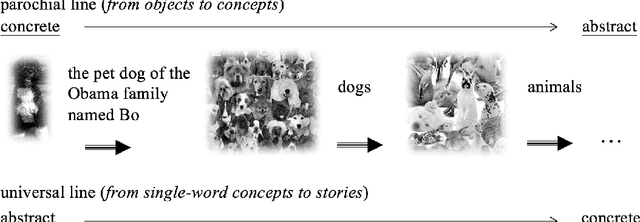
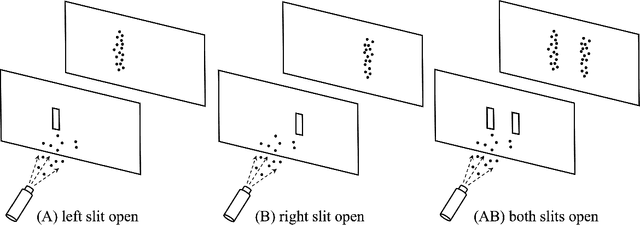
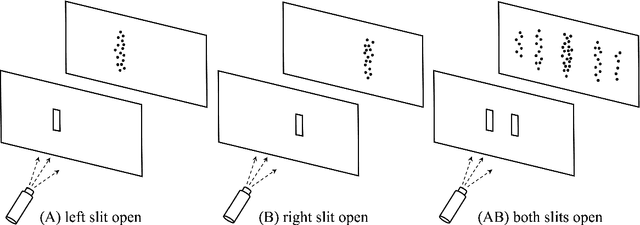
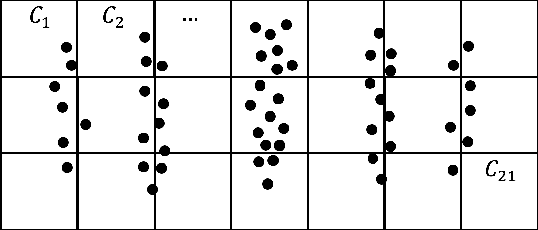
Abstract:We show that the Brussels operational-realistic approach to quantum physics and quantum cognition offers a fundamental strategy for modeling the meaning associated with collections of documental entities. To do so, we take the World Wide Web as a paradigmatic example and emphasize the importance of distinguishing the Web, made of printed documents, from a more abstract meaning entity, which we call the Quantum Web, or QWeb, where the former is considered to be the collection of traces that can be left by the latter, in specific measurements, similarly to how a non-spatial quantum entity, like an electron, can leave localized traces of impact on a detection screen. The double-slit experiment is extensively used to illustrate the rationale of the modeling, which is guided by how physicists constructed quantum theory to describe the behavior of the microscopic entities. We also emphasize that the superposition principle and the associated interference effects are not sufficient to model all experimental probabilistic data, like those obtained by counting the relative number of documents containing certain words and co-occurrences of words. For this, additional effects, like context effects, must also be taken into consideration.
Quantum cognition goes beyond-quantum: modeling the collective participant in psychological measurements
Feb 24, 2018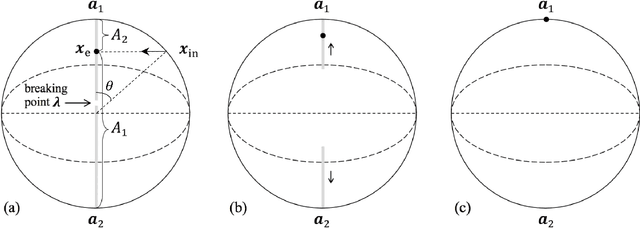
Abstract:In psychological measurements, two levels should be distinguished: the 'individual level', relative to the different participants in a given cognitive situation, and the 'collective level', relative to the overall statistics of their outcomes, which we propose to associate with a notion of 'collective participant'. When the distinction between these two levels is properly formalized, it reveals why the modeling of the collective participant generally requires beyond-quantum - non-Bornian - probabilistic models, when sequential measurements at the individual level are considered, and this though a pure quantum description remains valid for single measurement situations.
Towards a Quantum World Wide Web
Jan 29, 2018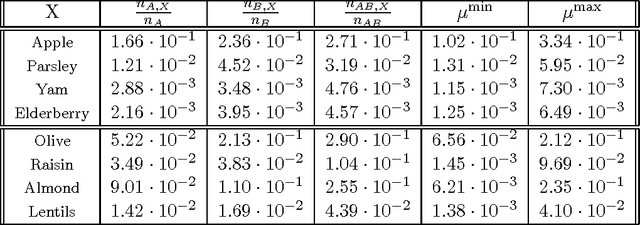
Abstract:We elaborate a quantum model for the meaning associated with corpora of written documents, like the pages forming the World Wide Web. To that end, we are guided by how physicists constructed quantum theory for microscopic entities, which unlike classical objects cannot be fully represented in our spatial theater. We suggest that a similar construction needs to be carried out by linguists and computational scientists, to capture the full meaning carried by collections of documental entities. More precisely, we show how to associate a quantum-like 'entity of meaning' to a 'language entity formed by printed documents', considering the latter as the collection of traces that are left by the former, in specific results of search actions that we describe as measurements. In other words, we offer a perspective where a collection of documents, like the Web, is described as the space of manifestation of a more complex entity - the QWeb - which is the object of our modeling, drawing its inspiration from previous studies on operational-realistic approaches to quantum physics and quantum modeling of human cognition and decision-making. We emphasize that a consistent QWeb model needs to account for the observed correlations between words appearing in printed documents, e.g., co-occurrences, as the latter would depend on the 'meaning connections' existing between the concepts that are associated with these words. In that respect, we show that both 'context and interference (quantum) effects' are required to explain the probabilities calculated by counting the relative number of documents containing certain words and co-ocurrrences of words.
Testing Quantum Models of Conjunction Fallacy on the World Wide Web
Jun 02, 2017Abstract:The 'conjunction fallacy' has been extensively debated by scholars in cognitive science and, in recent times, the discussion has been enriched by the proposal of modeling the fallacy using the quantum formalism. Two major quantum approaches have been put forward: the first assumes that respondents use a two-step sequential reasoning and that the fallacy results from the presence of 'question order effects'; the second assumes that respondents evaluate the cognitive situation as a whole and that the fallacy results from the 'emergence of new meanings', as an 'effect of overextension' in the conceptual conjunction. Thus, the question arises as to determine whether and to what extent conjunction fallacies would result from 'order effects' or, instead, from 'emergence effects'. To help clarify this situation, we propose to use the World Wide Web as an 'information space' that can be interrogated both in a sequential and non-sequential way, to test these two quantum approaches. We find that 'emergence effects', and not 'order effects', should be considered the main cognitive mechanism producing the observed conjunction fallacies.
Context and Interference Effects in the Combinations of Natural Concepts
Dec 19, 2016Abstract:The mathematical formalism of quantum theory exhibits significant effectiveness when applied to cognitive phenomena that have resisted traditional (set theoretical) modeling. Relying on a decade of research on the operational foundations of micro-physical and conceptual entities, we present a theoretical framework for the representation of concepts and their conjunctions and disjunctions that uses the quantum formalism. This framework provides a unified solution to the 'conceptual combinations problem' of cognitive psychology, explaining the observed deviations from classical (Boolean, fuzzy set and Kolmogorovian) structures in terms of genuine quantum effects. In particular, natural concepts 'interfere' when they combine to form more complex conceptual entities, and they also exhibit a 'quantum-type context-dependence', which are responsible of the 'over- and under-extension' that are systematically observed in experiments on membership judgments.
* 12 pages, no figures
Quantum cognition beyond Hilbert space II: Applications
Apr 27, 2016
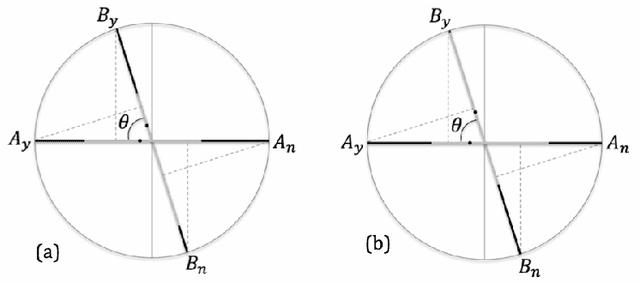

Abstract:The research on human cognition has recently benefited from the use of the mathematical formalism of quantum theory in Hilbert space. However, cognitive situations exist which indicate that the Hilbert space structure, and the associated Born rule, would be insufficient to provide a satisfactory modeling of the collected data, so that one needs to go beyond Hilbert space. In Part I of this paper we follow this direction and present a general tension-reduction (GTR) model, in the ambit of an operational and realistic framework for human cognition. In this Part II we apply this non-Hilbertian quantum-like model to faithfully reproduce the probabilities of the 'Clinton/Gore' and 'Rose/Jackson' experiments on question order effects. We also explain why the GTR-model is needed if one wants to deal, in a fully consistent way, with response replicability and unpacking effects.
Quantum Cognition Beyond Hilbert Space I: Fundamentals
Apr 27, 2016


Abstract:The formalism of quantum theory in Hilbert space has been applied with success to the modeling and explanation of several cognitive phenomena, whereas traditional cognitive approaches were problematical. However, this 'quantum cognition paradigm' was recently challenged by its proven impossibility to simultaneously model 'question order effects' and 'response replicability'. In Part I of this paper we describe sequential dichotomic measurements within an operational and realistic framework for human cognition elaborated by ourselves, and represent them in a quantum-like 'extended Bloch representation' where the Born rule of quantum probability does not necessarily hold. In Part II we apply this mathematical framework to successfully model question order effects, response replicability and unpacking effects, thus opening the way toward quantum cognition beyond Hilbert space.
A New Fundamental Evidence of Non-Classical Structure in the Combination of Natural Concepts
Jun 17, 2015
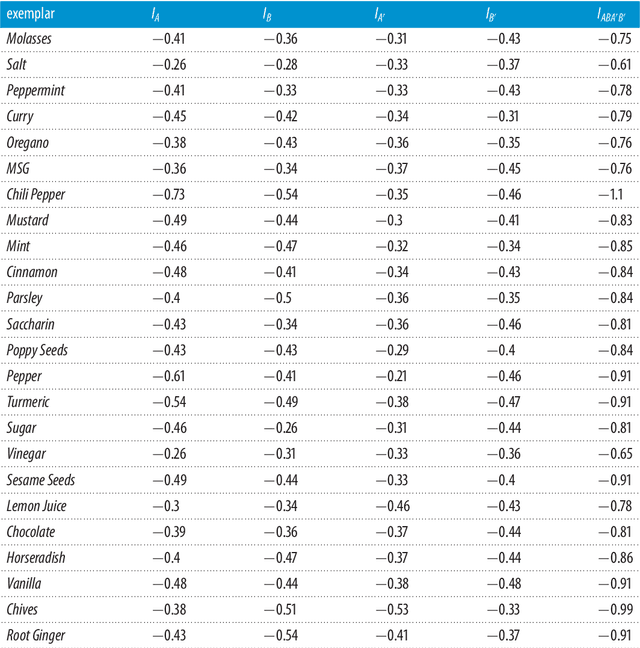

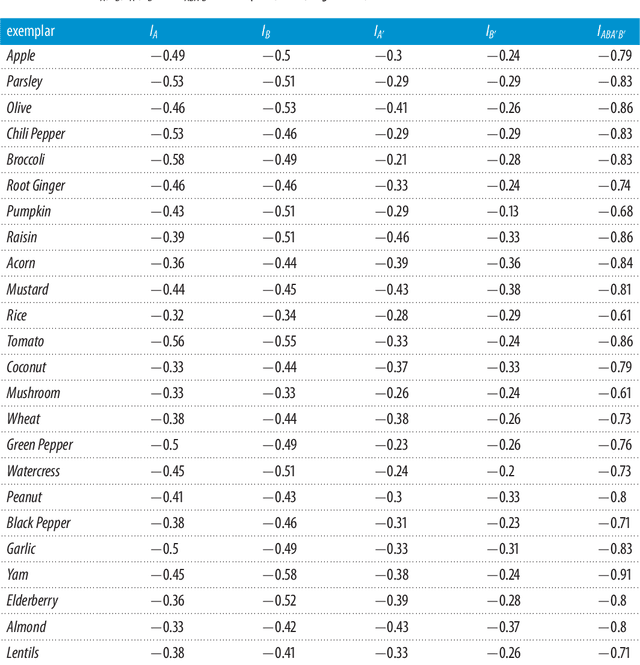
Abstract:We recently performed cognitive experiments on conjunctions and negations of two concepts with the aim of investigating the combination problem of concepts. Our experiments confirmed the deviations (conceptual vagueness, underextension, overextension, etc.) from the rules of classical (fuzzy) logic and probability theory observed by several scholars in concept theory, while our data were successfully modeled in a quantum-theoretic framework developed by ourselves. In this paper, we isolate a new, very stable and systematic pattern of violation of classicality that occurs in concept combinations. In addition, the strength and regularity of this non-classical effect leads us to believe that it occurs at a more fundamental level than the deviations observed up to now. It is our opinion that we have identified a deep non-classical mechanism determining not only how concepts are combined but, rather, how they are formed. We show that this effect can be faithfully modeled in a two-sector Fock space structure, and that it can be exactly explained by assuming that human thought is the supersposition of two processes, a 'logical reasoning', guided by 'logic', and a 'conceptual reasoning' guided by 'emergence', and that the latter generally prevails over the former. All these findings provide a new fundamental support to our quantum-theoretic approach to human cognition.
* 14 pages. arXiv admin note: substantial text overlap with arXiv:1503.04260
 Add to Chrome
Add to Chrome Add to Firefox
Add to Firefox Add to Edge
Add to Edge